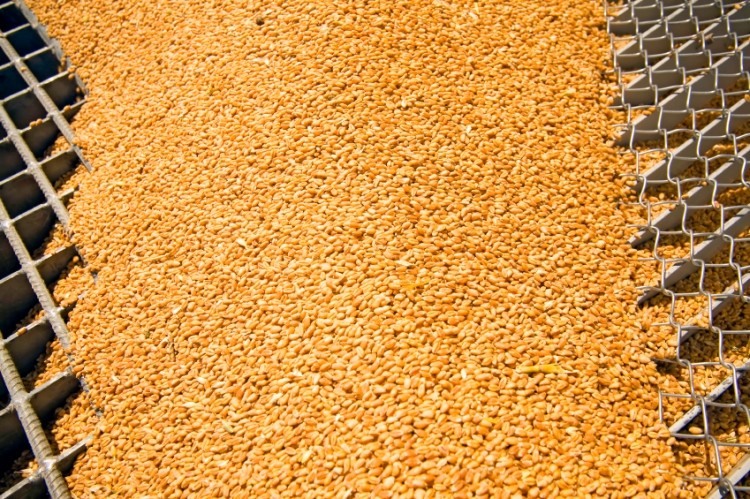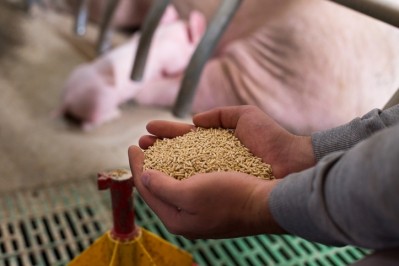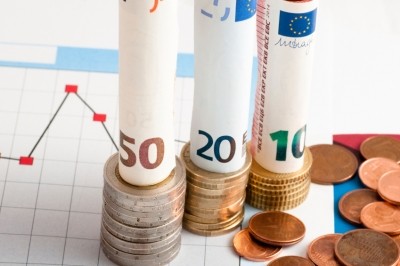FEFAC downbeat about prospects for EU compound feed production in 2017

Moreover, the feed trade group expects a further drop in 2017 due to the impact of avian influenza (AI) and environmental restrictions.
The industrial compound feed production for livestock in the EU-28 last year was estimated at 153.4m tons.
FEFAC data on EU compound feed production for 2016
(mio.t) | 2015 | 2016 | %Var 2016/2015 |
Cattle feed | 42.0 | 41.4 | -1.5 |
Pig feed | 50.2 | 49.4 | -1.6 |
Poultry feed | 53.7 | 53.6 | -0.2 |
Total | 155.0 | 153.4 | -1.0 |
Cattle feed
As regards cattle feed, the Netherlands or Poland have seen their production of cattle feed increase by more than 8%, whereas France moved in the opposite direction, reflecting the diverging national milk production following the abolishment of dairy quotas, said FEFAC.
“Overall, due to low milk prices, dairy farmers were not encouraged to purchase high performing feed to maximize milk production, resulting in an aggregate downturn of EU cattle feed production of 1.5%, ” it added.
Poultry feed
FEFAC noted while poultry feed production was expected to perform rather well in 2016, the AI outbreak at the end of 2016 hit several poultry producing regions of Europe. France, in fact, saw a 4% decrease in poultry feed production.
Overall, thought, the data sent in by FEFAC members showed EU poultry feed production remained almost stable – it is still the leading segment of EU industrial compound feed production, well ahead of pig feed.

Pig feed
Following two years of moderate growth for pig feed, FEFAC found that production decreased by 1.5% in 2016, which it said could be partly be explained by the impact of African swine fever in Eastern Europe. The impact of the disease weighed heavily on the development of pig meat production, said the trade group. It also the influence of low market prices for pig meat in the first half of 2016, and the large availability of feed grade cereals at low prices that benefitted on-farm mixing, as hitting compound pig feed output last year.
Poland performing well
For the third year in a row, Poland was one of the best performing countries, with annual growth of +4.7%, boosted by the demand for poultry feed which has turned Poland into the largest poultry producing country in the EU.
The Netherlands, boosted by the demand for dairy feed, recorded a 1% growth vs. 2015. Germany, Spain and Belgium saw their total compound feed production fall by 1-2%, whereas France saw its production drop by 4%.
Germany strengthened its position as leading EU country in terms of total compound feed production, ahead of Spain and France.
FEFAC said it would release the final estimate and detailed breakdown of the 2016 figures in June 2017.
Outlook
“These developments may lead to a further reduction of cattle feed production by 2%. The expected stabilization of pig meat production in Europe could induce a moderate reduction in demand for pig feed (-1%).
“Poultry exports will continue to be affected by Avian Influenza, thus putting pressure on EU poultry production and subsequently the feed segment (-0.5%).
“Overall, this would lead to a further 1% decrease in compound feed production in 2017 vs. 2016.”
Russian ban
It cautioned that a number of parameters might affect this outlook, with developments linked to outbreaks of AI and African swine fever to prove decisive. “The scope for reestablishment of Russian imports of EU pork as a result of WTO conclusions on the illegality of the Russian sanitary ban introduced in 2014 may on the other hand offer some opportunities for certain EU countries, although it is unlikely that this development will lead to action in the short term,” said FEFAC.
Cereals market quotations are now on a moderate upward trend, after reaching a record low level in autumn 2016, said the EU feed manufacturing representatives. “However, the relatively comfortable level of end stocks at global level, the good prospects on the South American harvest and the good state of EU winter cereals plantings should maintain prices at a low level in the first half of 2017,” added the trade group.
As regards soybeans, signals from South America are positive in terms of acreage and yields for the spring harvest. An additional positive indication is predicted increase in the US soybean acreage for 2017, said FEFAC.
“Nevertheless, with the demand for soybeans and soybean products increasing at global level by 4% per year, the balance sheet remains tight,” it stressed.












